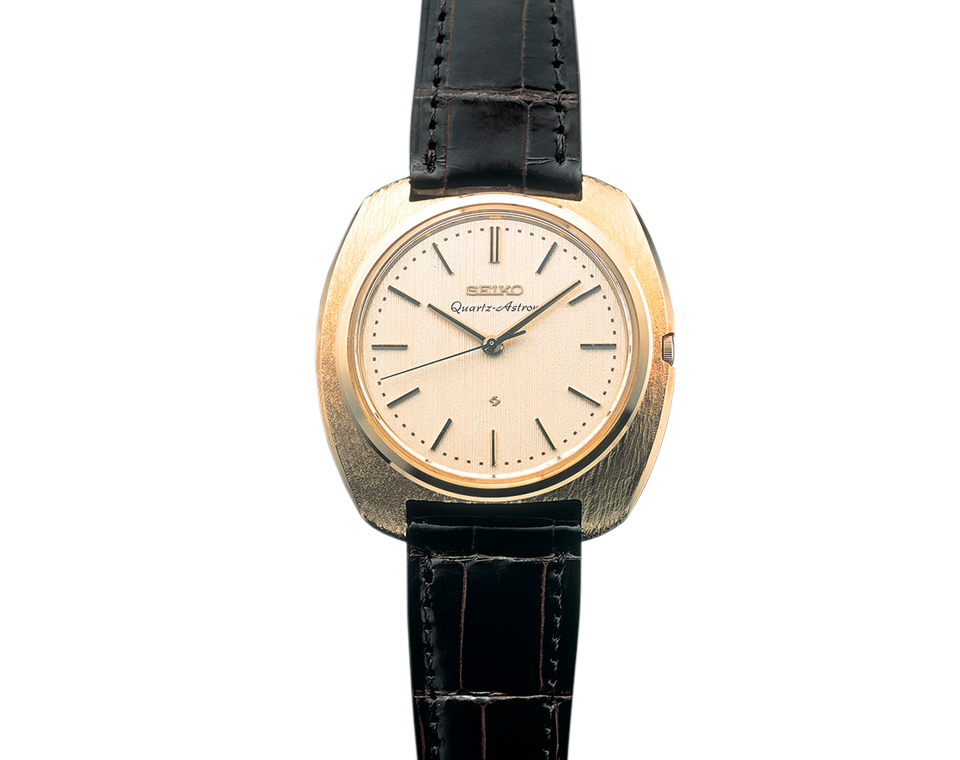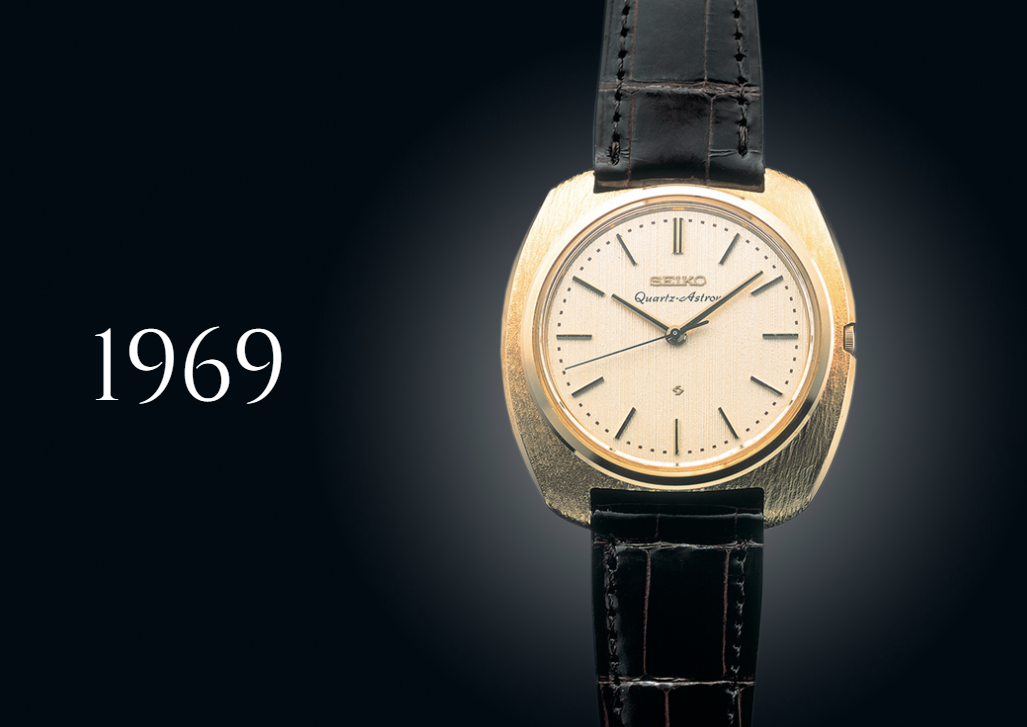Mined all over the world, quartz is a mineral often found in rocks and stones. This mineral now powers a large portion of watches within the market today. The history of quartz watches dates back to the 1970s when the first quartz watches were released and caused the ‘Quartz Revolution’ or ‘Quartz Crisis’. Before the development of quartz watches, Swiss watch manufacturers dominated the industry creating intricate automatic and manual watch movements. These movements required elite skill and craftsmanship undertaken by highly trained individuals, however, this came with a price. Quartz simplified the creation of watches by replacing complex movements and machinery which not only made timepieces more affordable but also made them more accurate.
In the technical sense, quartz replaces the complicated arrangement of gears and wheels that make mechanical watches work. Quartz is very precise and naturally vibrates 32,768 times each second. When connected to a small electric motor, quartz sends an electric signal on every 32,768th vibration, which then makes the hands tick forward every second.
The First Quartz Watches
Although popular now, quartz movements did not revolutionise the industry straightaway. Seiko were the first brand to introduce a quartz watch into the market. The limited edition Seiko Astron was released on December 25th, in Tokyo. It was not only the worlds first quartz watch but also featured an all gold-case. Seiko’s quartz Astron was documented all over the world, however, whilst quartz movements began to be created, it took some brands a few years to perfect it.

Digital watches powered by quartz was the start of the revolution when it came to the popularity of quartz watches. For some time, digital watches were more popular than analogue watches. In April 1972, Hamilton Watch Co famously unveiled the world’s first digital watch, the Pulsar. This watch had a gold case and an LED (light-emitting diode) display. At the push of a button the LED display lit up to show the time in digits. The digital watches of this era were completely electronic with no moving parts, unlike analog quartz watches, which had a conventional dial and hands.

Due to the increased popularity of digital quartz models, the Swiss watch industry suffered whilst Seiko and other quartz creating brands became some of the biggest watch manufacturers in terms of revenue. During this time employment within the watch industry fell continuously until 1983.
Turning Point for the Swiss Watch Industry
Nicolas Hayek founded Swatch in 1983 which was the turning point for the Swiss watch industry. Swatch began producing plastic watches and shipping them all over the world. Two years after Hayek launched Swatch, production had rebounded to 60 million units. A large percentage of Swiss sales and exports were powered by quartz and made from plastic. Swatch developed and used innovative synthetic materials for the watch-cases, as well as a new ultra-sonic welding process and assembly technology.
Not only did Swatch tackle the demand of the Quartz Crisis, the brand created a line of watches that were affordable and built a lasting reputation within the industry that still stands today. Swatch watches have been and will be, a brilliant watch for those starting a watch collection with an affordable budget.
Quartz Movement Today
The advancements within the quartz watch market have continued to evolve. Today, many luxury and fashion brands have created lasting quartz technology. Breitling, Grand Seiko and Longines have created ‘super-quartz’ watches, created for those that seek extreme accuracy.
Solar powered quartz is another development taken on by brands such as Citizen (Eco-Drive Technology) and Seiko (Kinetic) which now eliminates the need to change the battery. Solar powered watches are currently on the rise and increase the convenience of a timepiece, a key feature that began with the ‘Quartz Revolution’.
What are your thoughts on the history of quartz watches? Let us know in the comments below!





